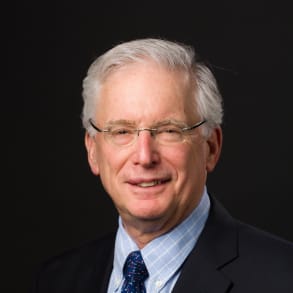Can you discuss the findings, implications, consensus agreements, and recommendations issued by the American Council of Extracorporeal Photopheresis (ACE), which was commissioned by ASFA?
Presenter
Aaron B. and Marguerite Lerner Professor of Dermatology
Chair and Professor
Department of Dermatology
Yale School of Medicine



